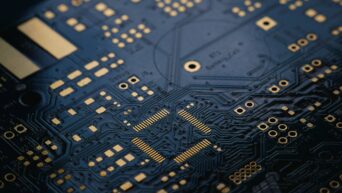Fresh hearts, right off the assembly line.
A recent paper published by researchers from Carnegie Mellon University reported a new technique that could allow anyone to 3D bioprint tissue scaffolds out of collagen. The scaffolds of collagen are major structural proteins found in the human body. The eventual goal is to be able to 3D-print an adult human heart.
All of the organs in the human body are built from specialized cells that are held together by the extracellular matrix. These proteins provide the structure and biochemical signals needed to carry out normal functions. Up to this point, it had been impossible to rebuild a model of the organs with biofabrication methods.
But this recent discovery showed that they could print out pieces of the heart out of the cells. With the use of MRI data of a human heart, they were able to reproduce the patient-specific anatomical structure and 3D bioprint collagen as well as human heart cells.
With thousands of patients on the wait list for a heart transplant, the need is greater than ever before for replacement organs. Creating artificial organs are much needed to repair, supplement, or replace long-term organ functions. Collagen is the desired biomaterial to 3D print with because it is part of every single tissue in our bodies.
3D bioprinting allows collagen scaffolds to be printed at the large scale of human organs. Researchers are looking at ways to improve regenerative medicine, such as wound repair and organ bioengineering. Many more years of research will be needed, but the team is extremely excited about its recent findings.
































